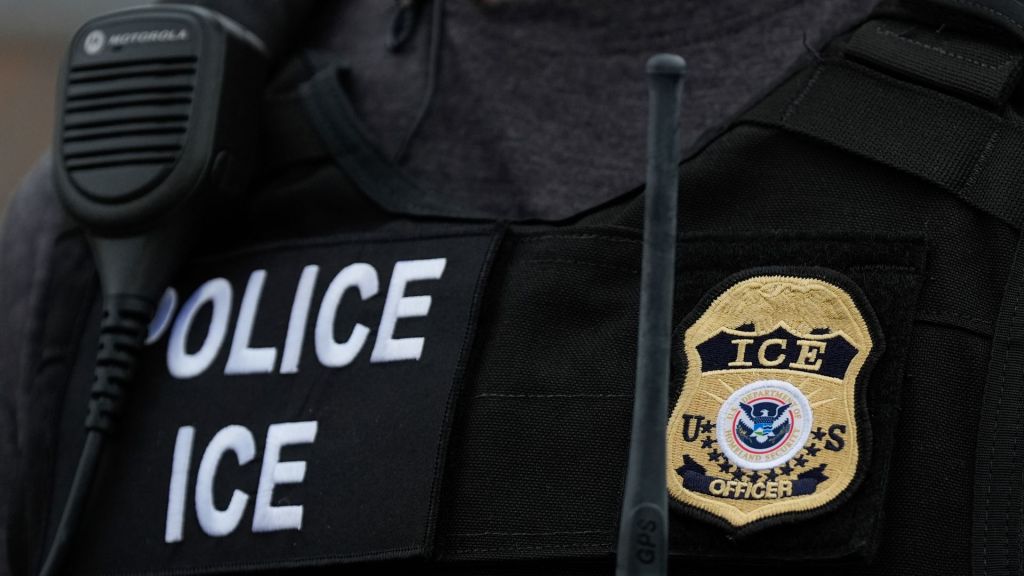
Commentary
-
Our commentary partners will help you reach your own conclusions on complex topics.
What if the worst happened? What if a catastrophic event, an attack, a pandemic, a natural disaster wiped out our key institutions of government?
Imagine if on 9/11, a plane had hit the Capitol killing many members of Congress, or if an attack of weapons of mass destruction had destroyed much of Washington, including the President, Vice President and members of the line of succession. The effect of an attack or disaster would be magnified if there were no president, no Congress, chaos, and uncertainty on who would be in charge after the catastrophe. All of these dire scenarios are aspects of continuity of government.
I and several of my colleagues at the American Enterprise Institute and two high-profile commissions we have run have wrestled with these issues since 9/11, and recently we have released new reports on continuity of the executive and legislative branches. We need the right constitutional provisions, laws, and norms in place to ensure that our institutions can function even after a devastating event. We need to address two big challenges:
How to protect Congress. How to protect the presidential line of succession. First, protecting Congress. What is the problem and what is the solution?
The problem: The target of the fourth plane on 9/11 was the U.S. Capitol. Brave passengers stormed the cockpit, and the plane crashed before it hit its target. But if the attack had succeeded in hitting the Capitol and killing many members, it might have prevented Congress from operating for many months. Why? When a senator dies, our constitution gives states the option of having governors appoint replacement senators who serve until a special election is held to fill the remainder of the term. In practice, this means that when a senator dies, there is a replacement senator in place in a matter of days.
The House of Representatives is different. If a House member dies, the constitution does not provide for an immediate replacement.Special elections are held to fill the remainder of the term. But those special elections take on average over four months to complete. When a House member dies, the seat remains vacant for months.
The problem is magnified if there is a catastrophic event where many members are killed. The Constitution provides that a quorum to do business in the House of Representatives is a majority, today 218 seats. If more than a majority of members were killed, the House would not be able to meet its quorum requirement and could not function. And as it takes many months to replace House members with special elections, Congress would be effectively shut down for months, unable to legislate, appropriate funds, and unable to act as a check on the president. And even lesser catastrophes would be troublesome. Imagine a House of Representative with twenty percent of its seats vacant, perhaps with a change in the majority or whole regions of the country unrepresented.
The Solution? Our Continuity of Government Commission proposes a constitutional amendment to allow temporary replacement members in the House of Representatives. Like in the Senate, these replacement members would serve until a special election could beheld. So if a House member dies, a temporary replacement will be appointed immediately, and a special election to fill the remainder of the term would take place in four to five months. Second, protecting the presidential line of succession. What is the problem and what is the solution? The problem: Our current line of succession after the President and Vice President consists of the Speaker of the House, Senate President Pro Tempore and members of the cabinet. The inclusion of congressional leaders raises significant constitutional issues, could lead to a sudden change in the party in control of the presidency, and could be confusing in a mass attack.First, many students of our Constitution, going back to James Madison, hold the view that our constitution only allows executive branch members, not congressional leaders, in the line of succession.
The presidential succession act we had in place before 1947 had only cabinet members. Second, as the Speaker of the House could be of a different party than the president, the presidency could switch from one party to the other. The death of President Trump and Vice-President Pence could have led to President Pelosi. Similarly the death of President Biden and Vice-President Harris could lead to President McCarthy. Third, in a mass attack or in the case of temporary presidential incapacitation, it would be hard for Congressional leaders to take over from the executive branch. Successors from the same administration would provide much greater continuity and stability. The Solution: Congress should amend the presidential succession act to remove congressional leaders and rely instead on cabinet succession.
It is hard to think about the damage that might be done by catastrophic circumstances that would disable our core institutions. We should act to strengthen those institutions and ensure their continuity so that the American constitutional system can be strong even under the most dire circumstances.
-
Congress will not just play dead against Trump, DOGE
Less than one month into President Donald Trump’s second term in office, top officials, judges and legal experts are already warning that the returning president is causing a serious constitutional crisis. Specifically, they say that President Trump is usurping the powers of the legislative and judicial branches of government, effectively seeking to establish a new… -
Trump’s second term heralds changes for US social media
Elon Musk, the world’s richest man and owner of the social media platform X, contributed over $277 million to help President Donald Trump win the November 2024 elections. Mark Zuckerberg, owner of Meta, has also cozied up to the new president, contributing to his inauguration fund, resolving a legal dispute with Trump and announcing a… -
Musk-Ramaswamy DOGE initiative overdue and full of challenges
After winning the U.S. presidential election, Donald Trump announced his plans for a proposed presidential advisory commission he calls the Department of Government Efficiency (DOGE). Headed by Elon Musk and Vivek Ramaswamy, DOGE’s mission would be to trim government budgets, reduce regulations and shrink the federal workforce. Many Republicans view the initiative as overdue, while… -
This is the dawn of a new national Republican coalition
Republicans have won full control of both Congress and the White House. Donald Trump will return to Washington, D.C., as the first Republican president since 2004 to have won the national popular vote, ironically by almost the same margin that Hillary Clinton beat him by in 2016. These GOP victories relied on high pro-Trump voter… -
Why are transitions of power so complicated in the United States?
The American political tradition of a long and complicated transition of power, lasting from November to January, is an enigma in the world today, especially when compared to the many nations where transitions of power take place immediately or in less than 24 hours. Yet even after a new administration takes power in the United…
Latest Opinions
-
 Getty Images
Getty Images
US changes course, pauses tariffs for all USMCA goods until April 2
-
 AP Images
AP Images
More than half of global fossil fuel-related CO2 emissions linked to 36 companies
-
 Getty Images
Getty Images
Zelenskyy foes met with Trump camp, oppose wartime election: Report
-
 Getty Images
Getty Images
Trump preparing to sign executive order to begin closing Department of Education
-
 Getty Images
Getty Images
Fake bomb threat called during Pro-Palestinian protest at Barnard College
Popular Opinions
-
In addition to the facts, we believe it’s vital to hear perspectives from all sides of the political spectrum.






